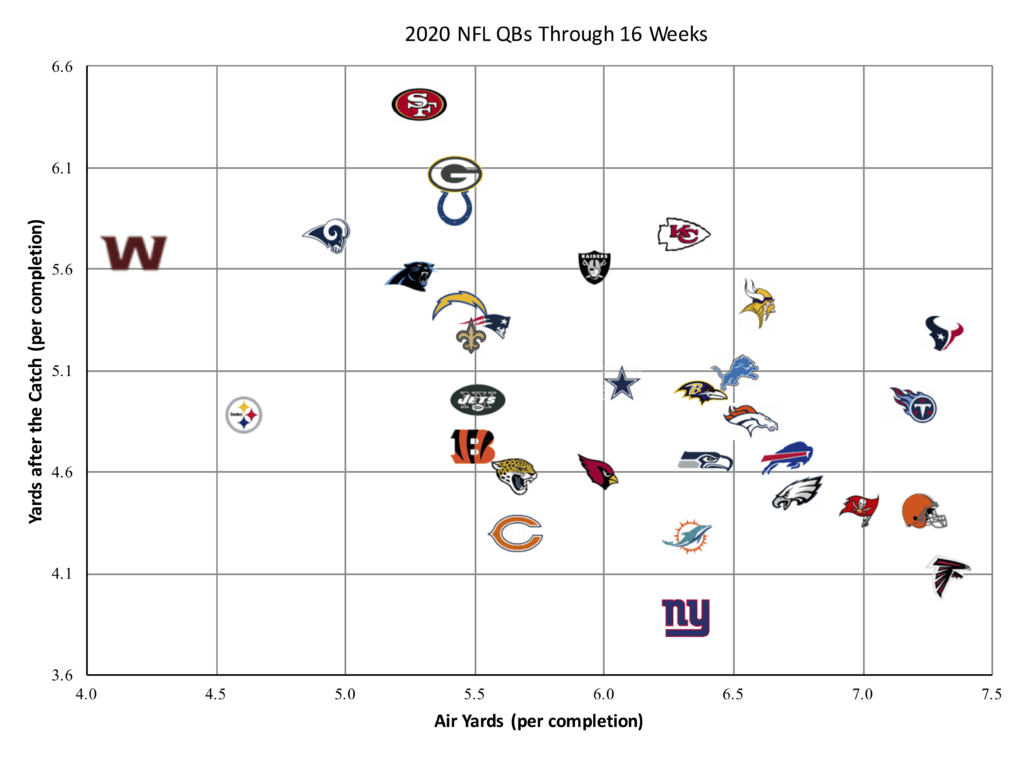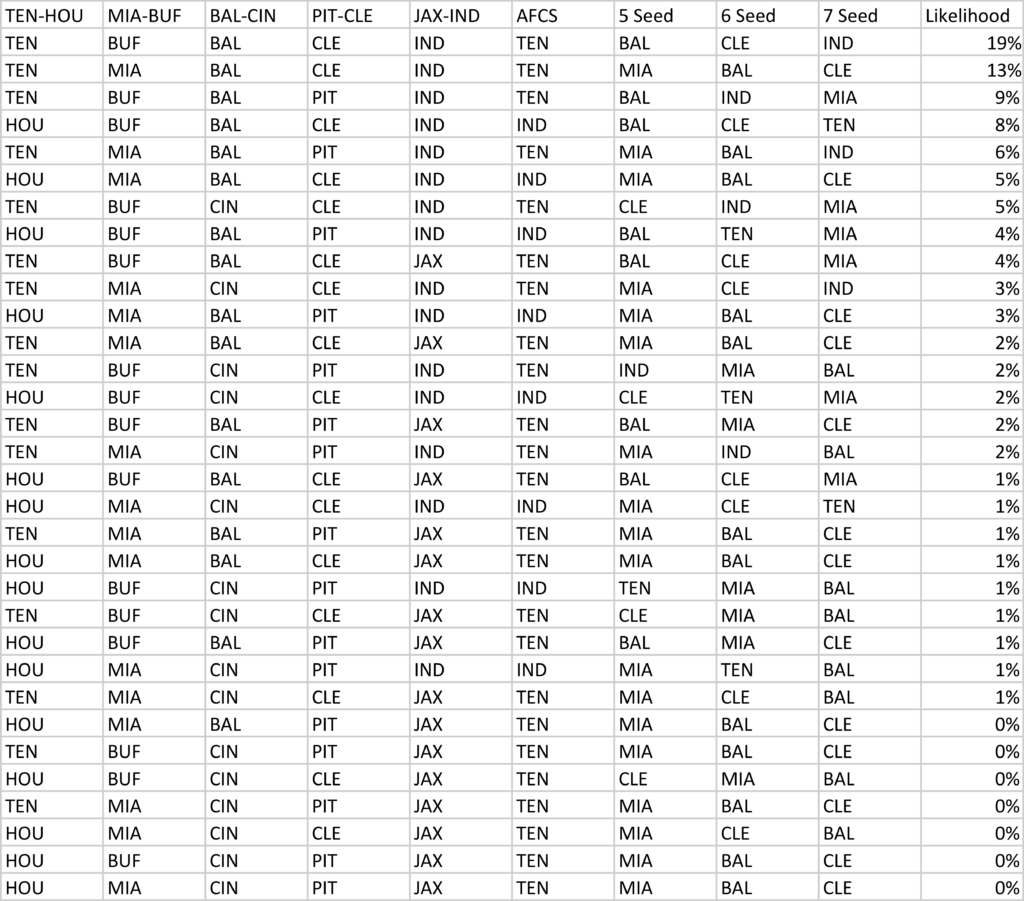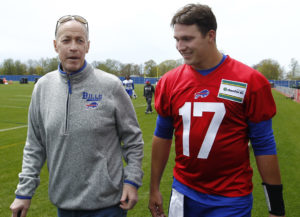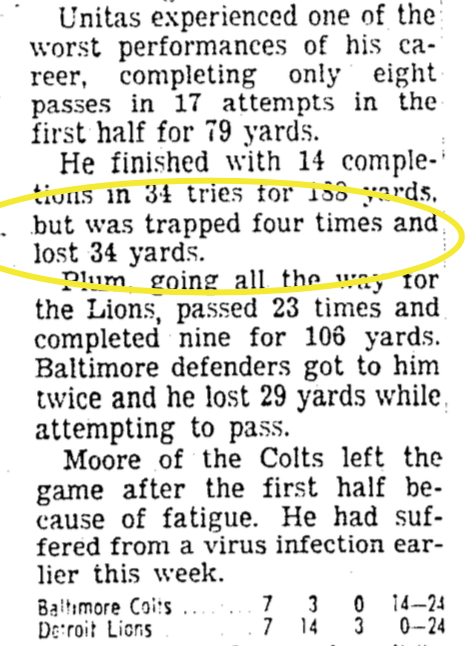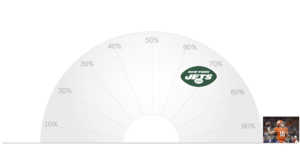Longtime readers may recall that in 2017, Russell Wilson was basically the entire Seahawks offense. Due to multiple running back injuries and a poor offensive line, no Seahawks back rushed for even 250 yards, and Wilson accounted for all of the team passing yards. In late November, the media was publicizing the fact that Wilson had accounted for over 82% of Seattle’s offensive yards, and that such a feat was the highest in NFL history. I noted at the time that those headlines, while accurate, were surprisingly quiet as to who the current recordholder was…. and then I found out why. Jon Kitna, playing for the 3-13 Detroit Lions, set the NFL record when he produced 81.8% of all Lions offensive yards.
Wilson was having an MVP-caliber season, of course, so comparing him to Kitna wasn’t exactly a compliment. As a result, the headlines (well, other than mine) were mostly silent on the current recordholder and just noted the impressive-sounding fact that Wilson was responsible for a larger percentage of his team’s yards than any player had ever been. As it turns out, Wilson finished the season with 81.5% of the Seahawks yards, falling just behind Kitna’s mark.
Since then? Jameis Winston in 2019 was the only player to come close, and he now ranks 3rd all-time in the metric behind Kitna ’06 and Wilson ’17. But all of that is about to change, at least if week 17 results hold to previous form. Houston quarterback Deshaun Watson has thrown for 4,458 yards and has rushed for 432 yards. Watson has produced just about all the yards for the offense, with running backs David Johnson and Duke Johnson picking up the scraps. Watson has 4,890 of Houston’s 5,828 yards, which is 83.9%. This would set the new record. And, in case it wasn’t clear, it would break the record held by Jon Kitna.
UPDATE: The Texans individual players finished with 6,309 yards from scrimmage in 2020, excluding yards lost due to sacks. Watson threw for 4,823 yards and rushed for 444 yards, giving him 5,267 yards of offense, or 83.5% of all Houston yards. A remarkable season for Watson! He topped 90% twice, against Pittsburgh (where non-Watson players rushed for 24 yards) and against the Patriots. Facing New England, Watson threw for 344 yards and rushed for 36, and his 380 yards represented 95% of the Texans offensive output that day (with non-Watson players rusheing 13 times for 19 yards).
Congrats, Deshaun!

